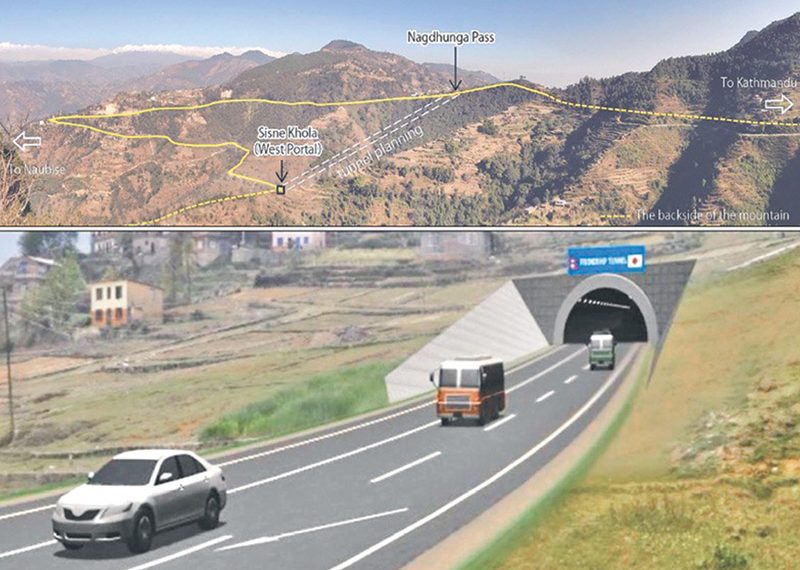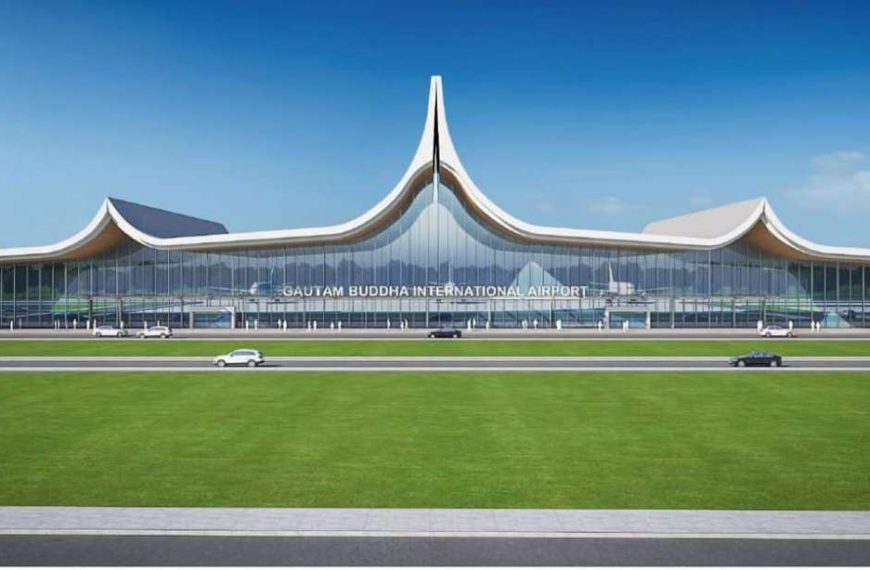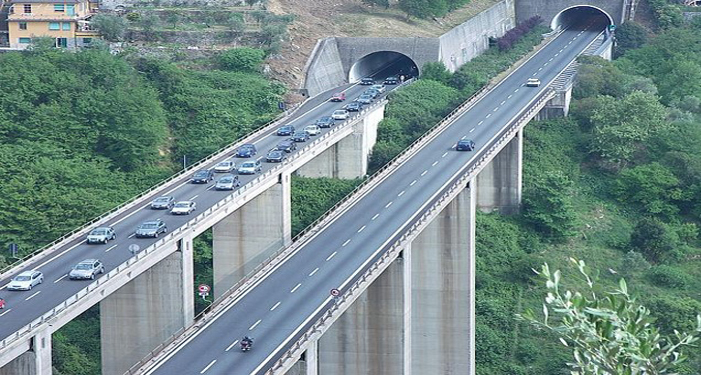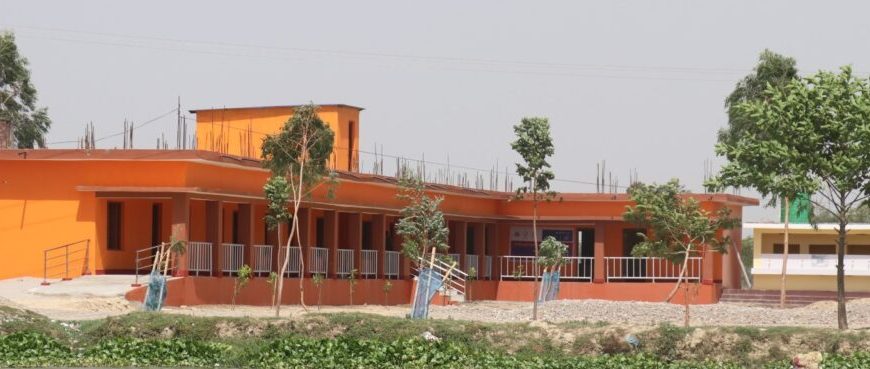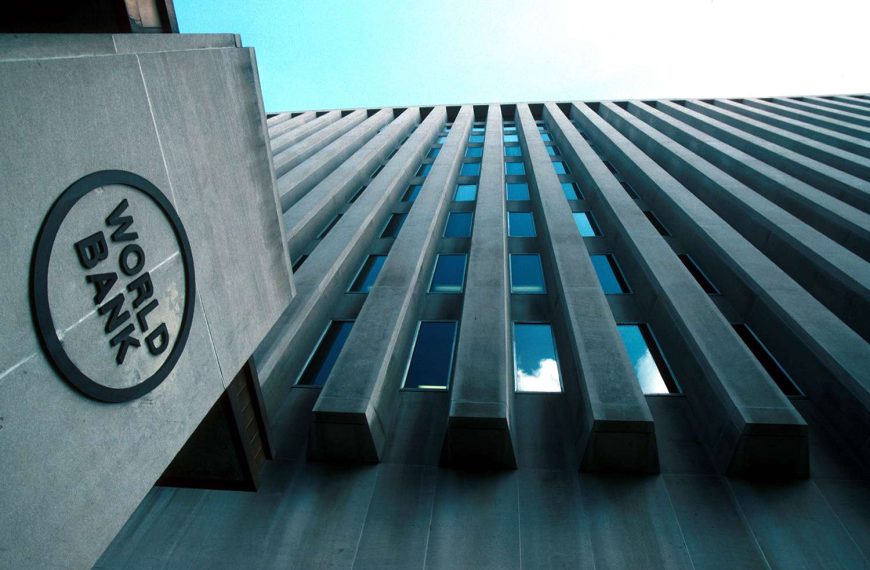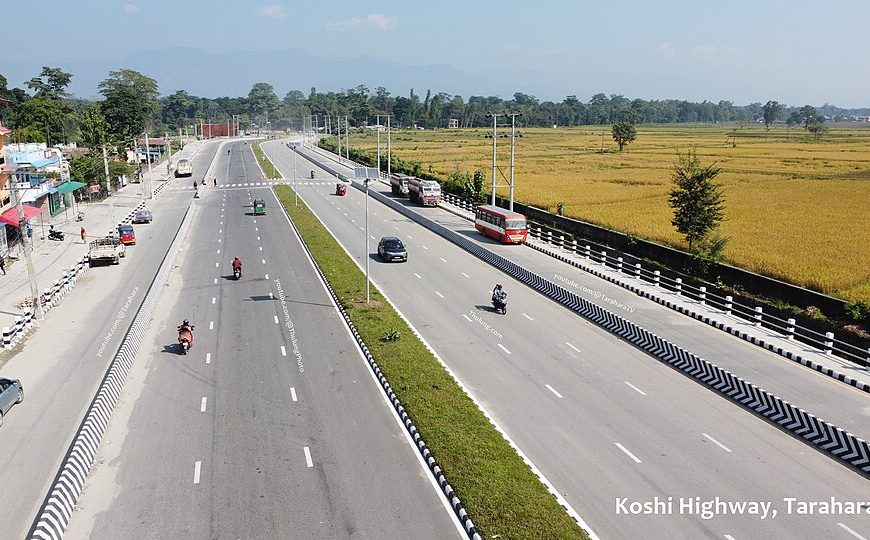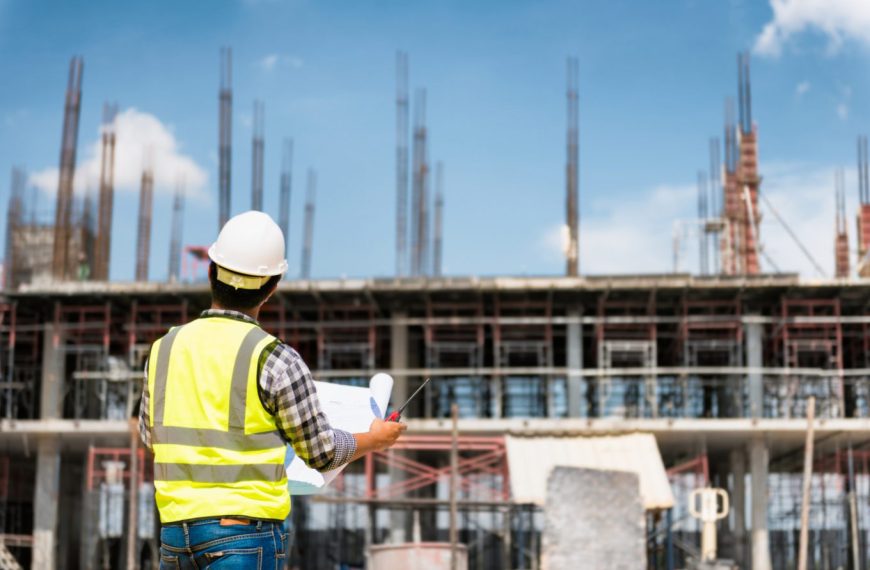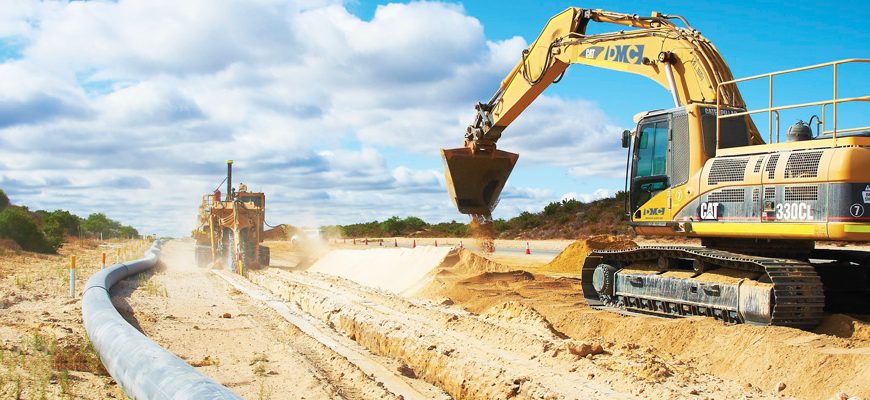Nepal’s construction sector has demonstrated a remarkable resurgence, recording a 9.1% growth in the second quarter of the fiscal year 2024/25, a significant turnaround from the 0.3% contraction observed in the first quarter.
Key Drivers of Growth
- Increased Availability of Construction Materials: The growth is largely attributed to a surge in the import and domestic production of construction materials between mid-October and mid-January. This influx facilitated the acceleration of various construction projects across the country.
- Revival of Infrastructure Projects: The government’s emphasis on completing ongoing infrastructure projects, rather than initiating new ones, has streamlined efforts and resources, contributing to the sector’s growth.
- Private Sector Engagement: Despite challenges, private sector investments have shown resilience, with increased participation in construction activities, further bolstering the sector’s performance.
Comparative Sectoral Performance
In the same quarter, other sectors also exhibited positive growth:
- Transportation and Storage: 14.2%
- Mining and Quarrying: 9.5%
- Manufacturing: 7.4%
- Financial and Insurance: 6.6%
- Trade: 6.1%
- Information and Technology: 4.9%
- Agriculture: 3.2%
Challenges and Recommendations
Despite the positive trajectory, the construction sector faces several challenges:
- High Non-Performing Loans (NPLs): The sector has the highest NPL ratio at 7.28% in the fiscal year 2023/24, indicating financial stress among construction firms.
- Labor Shortages: A deficit of skilled labor hampers productivity and project quality.
- Administrative Delays: Bureaucratic hurdles and budgetary delays impede timely project completion.
To sustain and enhance growth, the following measures are recommended:
- Financial Reforms: Implementing policies to reduce NPLs and providing financial incentives can alleviate financial burdens on construction firms.
- Skill Development: Investing in vocational training and technical education will address labor shortages and improve project quality.
- Streamlining Processes: Reducing administrative delays through policy reforms can expedite project completion and encourage investment.
- Public-Private Partnerships (PPPs): Encouraging PPPs can mobilize resources and expertise, facilitating large-scale infrastructure development.
In conclusion, while Nepal’s construction sector has shown significant recovery, addressing the underlying challenges through strategic reforms and investments is crucial for sustained growth and contribution to the national economy.






